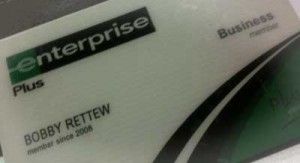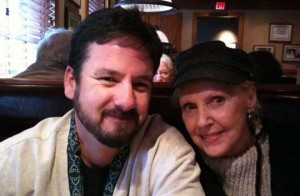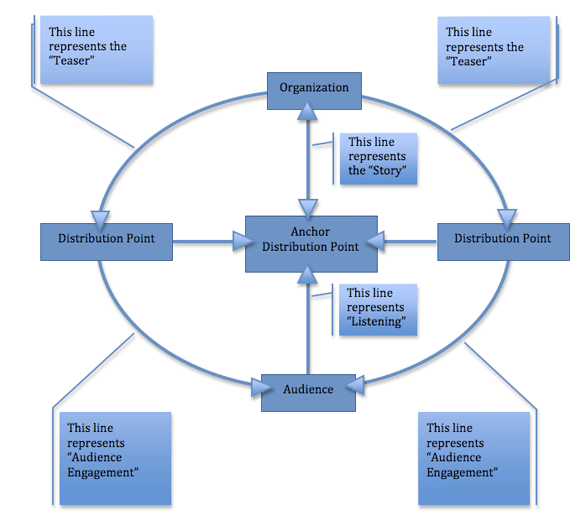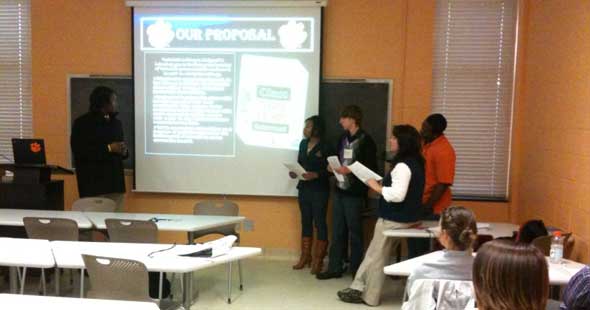Chapter One
1) According to the National Commission on Writing, employees “almost always” use which of the following forms of writing?
2) The Dartnell Institute of Business Research found that the cost of producing and mailing one letter averages almost:
3) Select the false statement about writing:
Good writing tells your audience that you can think logically and communicate your thoughts clearly.
Poor writing reveals that you can neither think clearly nor communicate your thoughts effectively.
Writing is an extension of your interpersonal communication skills at work.
Your writing ability will never affect your job performance.
4) Whether you are looking for a job or are already employed, how will you need to communicate to diverse audiences?
5) What are the three basic communication styles?
6) What are the characteristics of an aggressive communication style?
7) According to the 2006 survey by the National Association of Colleges and Employers, what are the skills employers identify as part of their top ten employee qualities?
Chapter Three
1) How do you achieve higher audience involvement with your writing?
2) Identify the following audiences and their characteristics:
Specialist audience
Semi-specialist audience
Lay audience
Multiple audience
Multicultural audience
3) Identify & define stereotyping.
4) How do you avoide sexist language?
5) Identify workplace documents and appropriate communication for workplace documents.
Chapter Six
1) Identify what will help you become a clearer writer.
2) Define and identify “passive voice”.
3) Describe the Gunning Fog index.
4) Define multisyllabic.
5) What will lower the fog index for a document?
6) Why should you not rely solely on computer spell checks to catch spelling mistakes?
Chapter Nine
1) Identify how Blogs are a unique type of communication channel.
2) Identify the characteristics of Online readers.
3) Understand and identify the characteristics of e-mail.
4) Identify the characteristics of E-mail messages written in the workplace.
5) Identify the benefits & characteristics of instant messaging.
6) Identify the forms of Blogging.
Chapter Ten
1) Why is the audience for memos usually specialist or semi-specialist?
2) Identify effective subject lines.
3) What should you do in the memo’s introduction?
4) Why is a clear conclusion important in a memo?
5) What is the best solution to make sure that every reader will understand the acronyms you use in your memo?
6) What are the BEST example of an informal, friendly tone appropriate for memos?
7) When is chronological organization appropriate in a memo?
8) Why is clustering a useful planning activity for writing memos?
9) Which question should you consider when clarifying your audience for memos,
10) What are the dangers of writing sloppy or negative letters?
11) What information belongs in the writer’s address section of a letter?
12) Where is the proper location for the date of the letter?
13) What is the BEST option in a letter if you do not know the receiver’s name?
14) What is the most important information to include in the conclusion of your letter of inquiry?
15) What are the goals of a cover letter?
16) When rewriting any letter, what ways do you make sure that you have made it reader-friendly?
Chapter One
1) According to the National Commission on Writing, employees “almost always” use which of the following forms of writing?
2) The Dartnell Institute of Business Research found that the cost of producing and mailing one letter averages almost:
3) Select the false statement about writing:
- Good writing tells your audience that you can think logically and communicate your thoughts clearly.
- Poor writing reveals that you can neither think clearly nor communicate your thoughts effectively.
- Writing is an extension of your interpersonal communication skills at work.
- Your writing ability will never affect your job performance.
4) Whether you are looking for a job or are already employed, how will you need to communicate to diverse audiences?
5) What are the three basic communication styles?
6) What are the characteristics of an aggressive communication style?
7) According to the 2006 survey by the National Association of Colleges and Employers, what are the skills employers identify as part of their top ten employee qualities?
Chapter Three
1) How do you achieve higher audience involvement with your writing?
2) Identify the following audiences and their characteristics:
- Specialist audience
- Semi-specialist audience
- Lay audience
- Multiple audience
- Multicultural audience
3) Identify & define stereotyping.
4) How do you avoide sexist language?
5) Identify workplace documents and appropriate communication for workplace documents.
Chapter Six
1) Identify what will help you become a clearer writer.
2) Define and identify “passive voice”.
3) Describe the Gunning Fog index.
4) Define multisyllabic.
5) What will lower the fog index for a document?
6) Why should you not rely solely on computer spell checks to catch spelling mistakes?
Chapter Nine
1) Identify how Blogs are a unique type of communication channel.
2) Identify the characteristics of Online readers.
3) Understand and identify the characteristics of e-mail.
4) Identify the characteristics of E-mail messages written in the workplace.
5) Identify the benefits & characteristics of instant messaging.
6) Identify the forms of Blogging.
Chapter Ten
1) Why is the audience for memos usually specialist or semi-specialist?
2) Identify effective subject lines.
3) What should you do in the memo’s introduction?
4) Why is a clear conclusion important in a memo?
5) What is the best solution to make sure that every reader will understand the acronyms you use in your memo?
6) What are the BEST example of an informal, friendly tone appropriate for memos?
7) When is chronological organization appropriate in a memo?
8) Why is clustering a useful planning activity for writing memos?
9) Which question should you consider when clarifying your audience for memos,
10) What are the dangers of writing sloppy or negative letters?
11) What information belongs in the writer’s address section of a letter?
12) Where is the proper location for the date of the letter?
13) What is the BEST option in a letter if you do not know the receiver’s name?
14) What is the most important information to include in the conclusion of your letter of inquiry?
15) What are the goals of a cover letter?
16) When rewriting any letter, what ways do you make sure that you have made it reader-friendly?
Blog’s With Answers
http://briannaeason.wordpress.com – Chapter One
http://carolinespears.wordpress.com – Chapter Three
http://joshlopes.wordpress.com – Chapter Six
http://kellymoses.wordpress.com – Chapter Nine
http://jonisoto.wordpress.com – Chapter Ten (ques 1-8)
http://darrinsorenson.wordpress.com – Chapter Ten (ques 9-16)



 You see, it was that day the young owner of this Fatz Cafe had talked Shryl into coming back part time. That owner knew that Shryl had a tribe, a group of people that enjoyed seeing her smiling face….that special touch when it comes to true customer service. I made a new friend that day and I will never see Fatz Cafe as just the building that serves great fried chicken strips, I will see it as the place where I can come talk to a friend and the fried chicken strips are the bonus.
You see, it was that day the young owner of this Fatz Cafe had talked Shryl into coming back part time. That owner knew that Shryl had a tribe, a group of people that enjoyed seeing her smiling face….that special touch when it comes to true customer service. I made a new friend that day and I will never see Fatz Cafe as just the building that serves great fried chicken strips, I will see it as the place where I can come talk to a friend and the fried chicken strips are the bonus. Use frequency when telling these stories. Find the people that have stories that change a view-point, raise someone’s’ awareness, or reveal a new idea…and tell those stories. Tell them on a regular basis. Identify the layers of the stories and use those layers as the frequency. Each time you tell a story, peel away one more layer…one more piece of the bigger story. As one more piece is revealed and each micro story is told…the audience gains a bigger insight into the “red-string”.
Use frequency when telling these stories. Find the people that have stories that change a view-point, raise someone’s’ awareness, or reveal a new idea…and tell those stories. Tell them on a regular basis. Identify the layers of the stories and use those layers as the frequency. Each time you tell a story, peel away one more layer…one more piece of the bigger story. As one more piece is revealed and each micro story is told…the audience gains a bigger insight into the “red-string”.
